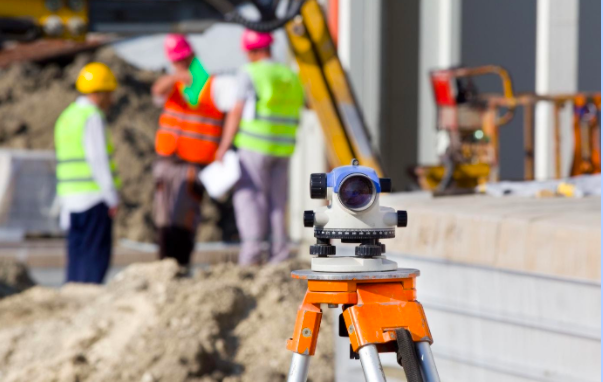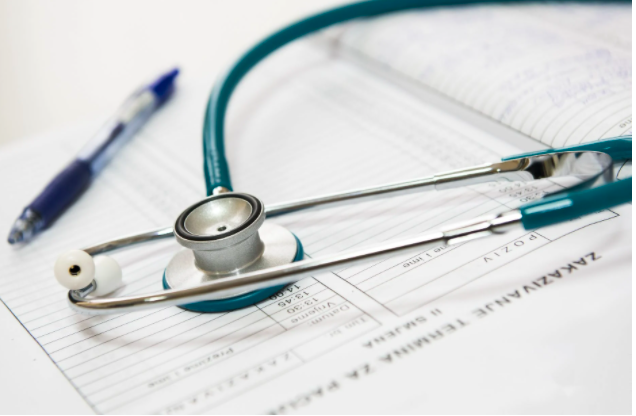Lasers are leading in gum health at Frank Celenza’s dentistry practice.
EVERYONE KNOWS THAT flossing and brushing are critical to maintain the perfect smile—but care of the gums is equally important and frequently neglected. Ignoring the gums can result in gingivitis, and prevention is a great reason to go for regular dental hygiene visits. If left untreated, gingivitis can result in periodontitis—the leading cause of tooth loss in adulthood. Fortunately, this is a treatable condition, and lasers are leading in gum health to promote the solution.
Traditional periodontitis treatments often include scraping the teeth, and frequently more invasive surgical treatments designed to provide access to the tooth root surfaces, say’s Dr. Frank Celenza. Unfortunately, although effective, this procedure can be uncomfortable, difficult to master, and often includes unpleasant healing experiences, not to mention aesthetic concerns.
Although not new, laser therapy is gaining momentum among periodontists for its effectiveness and acceptance by patients. Energy is absorbed by inflamed tissue without harming healthy tissue, and destructive bacteria that have invaded the gum tissue are destroyed.
There are many applications of laser treatment, but two in particular are gaining acceptance in the periodontal community. The Laser Assisted New Attachment Procedure (LANAP) is the only FDA recognized and approved treatment for periodontitis that can claim to regenerate lost support for the teeth. It is proving to be a far more acceptable and comfortable procedure for moderate to advanced cases than traditional periodontal surgery, and typically results in less recession. Alternatively, Laser Pocket Disinfection (LPD) can be used to control gingivitis, and is easily performed by a dental hygienist as an adjunct to a regular hygiene visit.
In both cases, a thin laser fiber is introduced painlessly into the gum sulcus around the teeth, allowing light energy to penetrate deep into the tissues. This helps reduce inflammation, kills bacteria, softens deposits on the roots, and allows for deeper cleaning. The sulcus is then sealed with the laser to form a clot that initiates a regenerative healing response.
Laser treatment is also showing great promise as a means to decontaminate and treat ailing implants, as with the Laser Assisted Peri-Implantitis Procedure (LAPIP). Implants do not respond to conventional periodontal treatments largely because their surfaces are designed to be much rougher than tooth surfaces. The LAPIP method, which also utilizes light energy, can be an effective way to treat exposed and contaminated implant surfaces.
From the patient’s perspective, laser treatments are much less disruptive than traditional surgical methods. There is no surgical incision, and no need for suturing. Post-operative discomfort is a rare occurrence, and normal daily activity can be quickly resumed. As more and more links between oral and systemic health are becoming understood, finding a periodontist that is trained in laser treatment or asking your dentist for a referral to one can be a very beneficial health measure, both from a preventive and a reparative standpoint.




